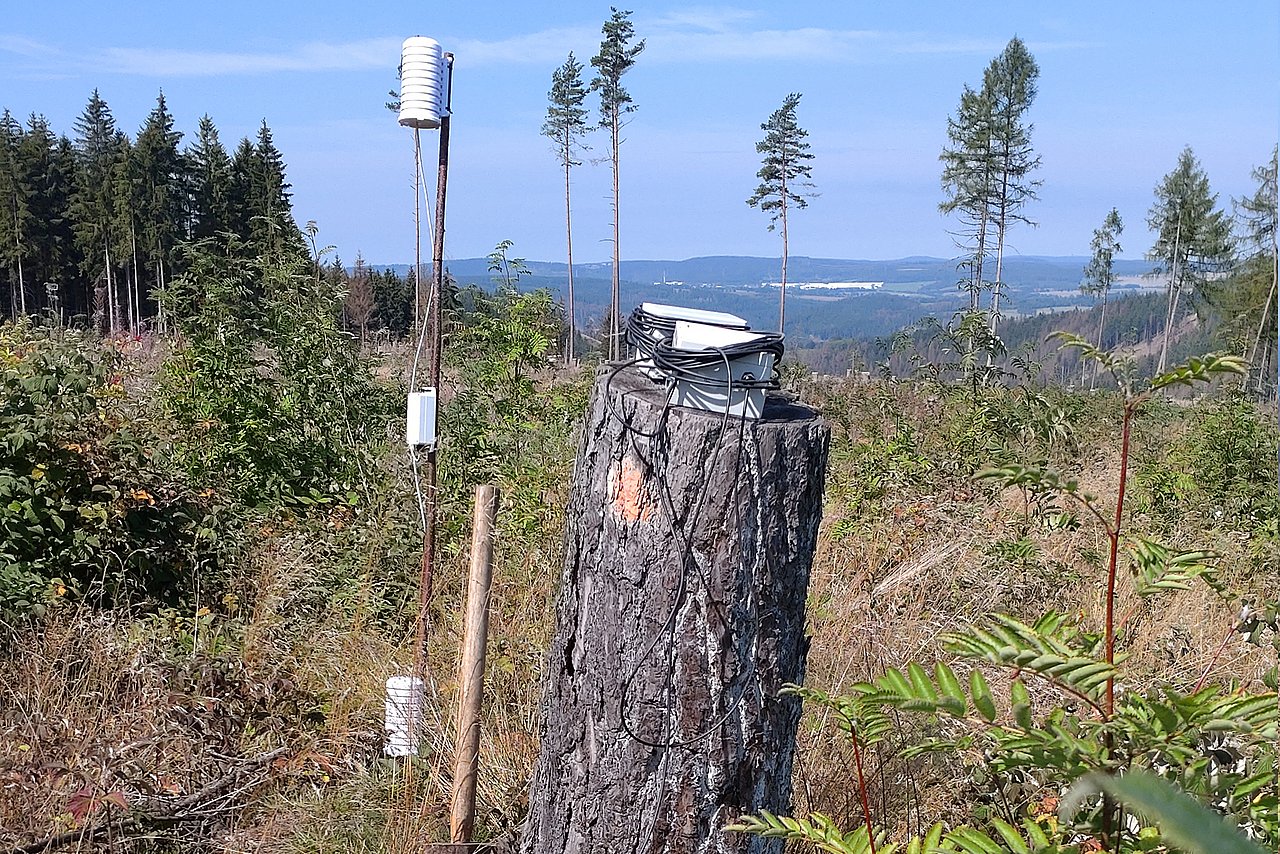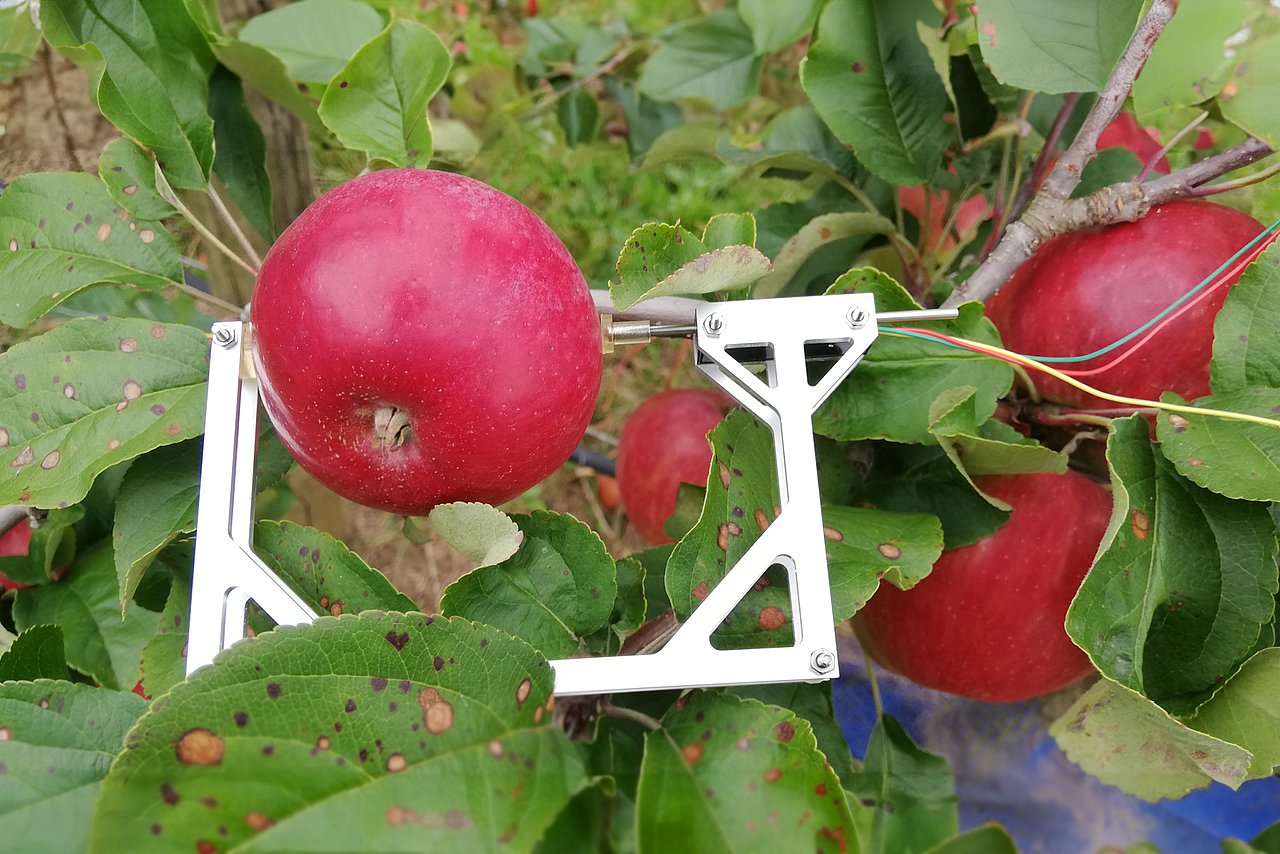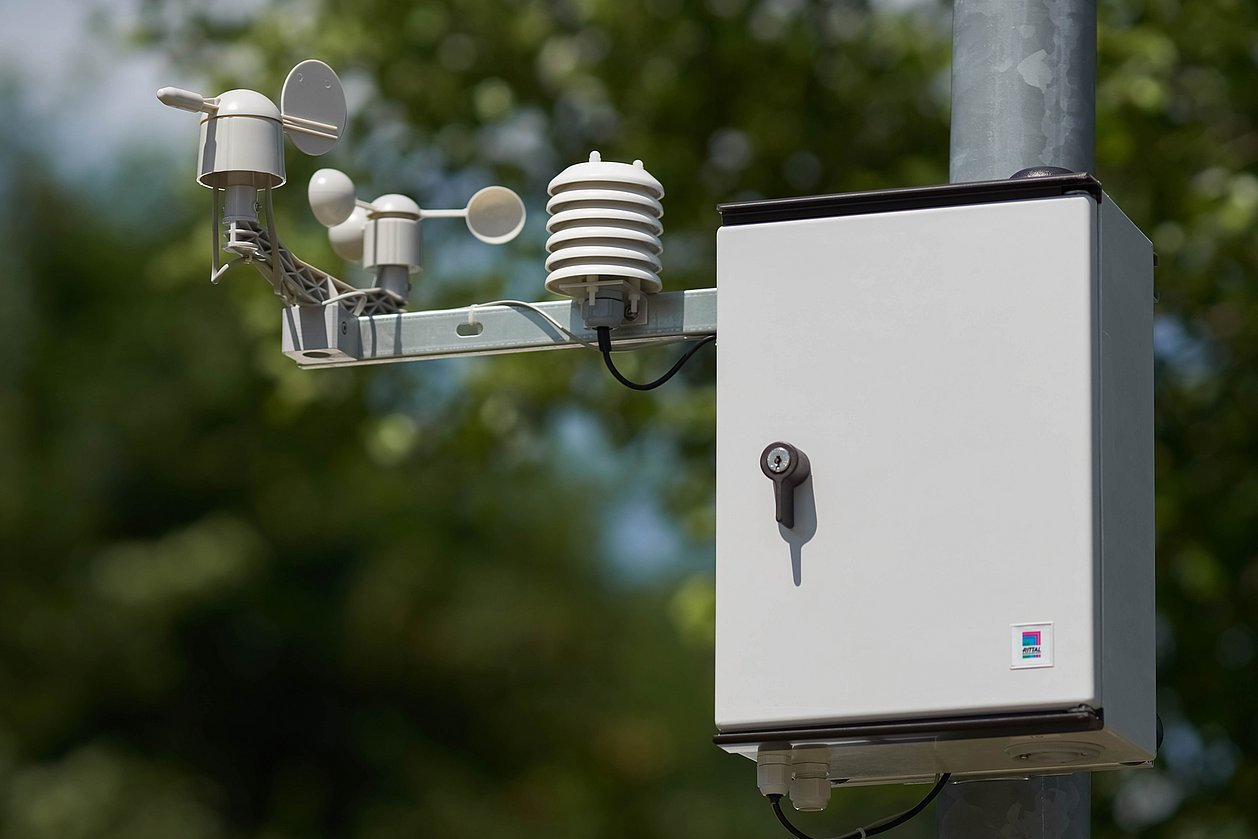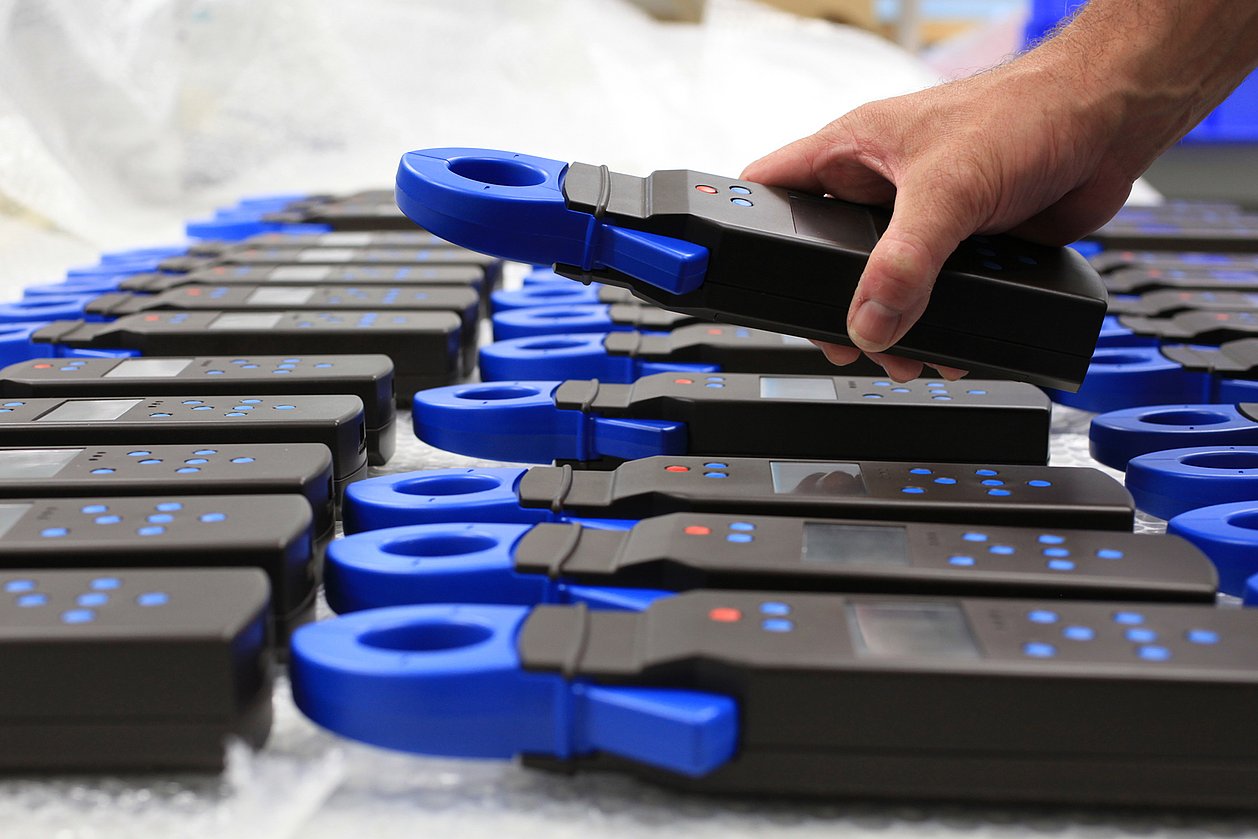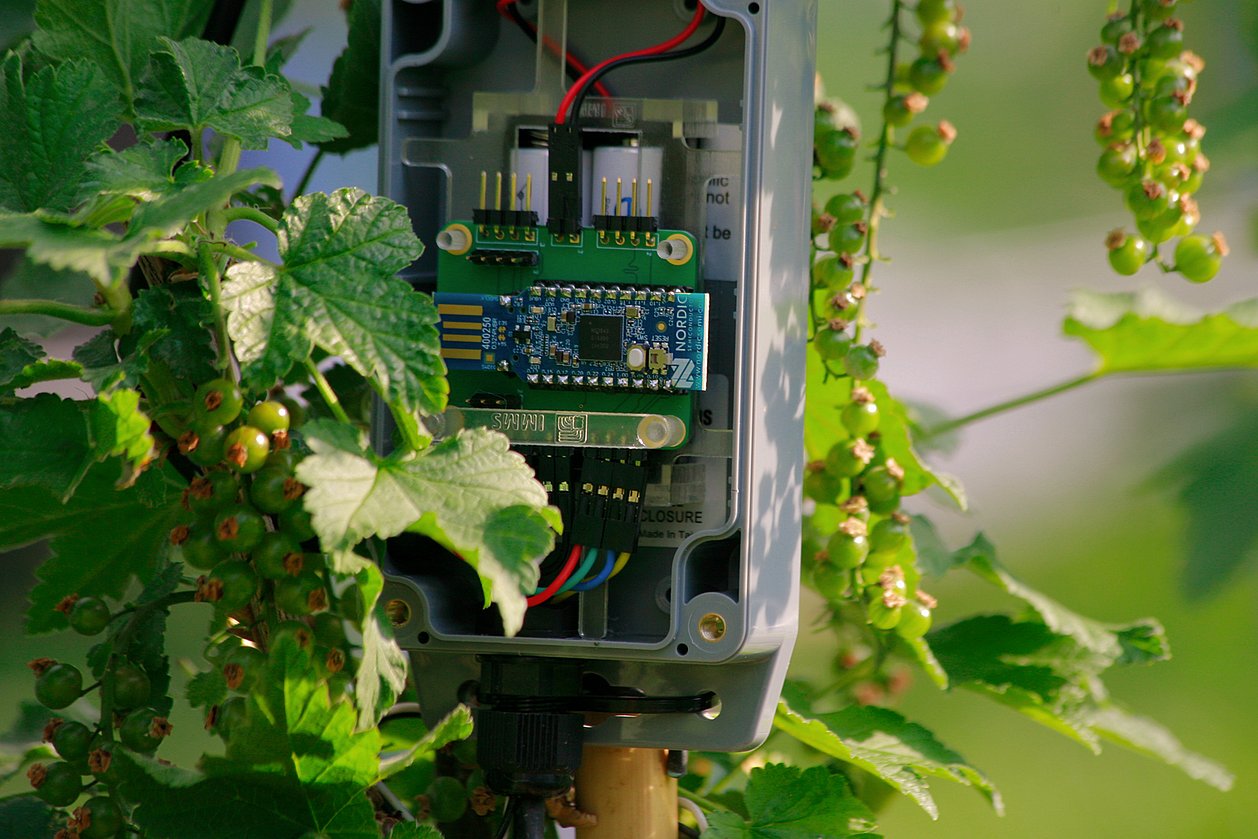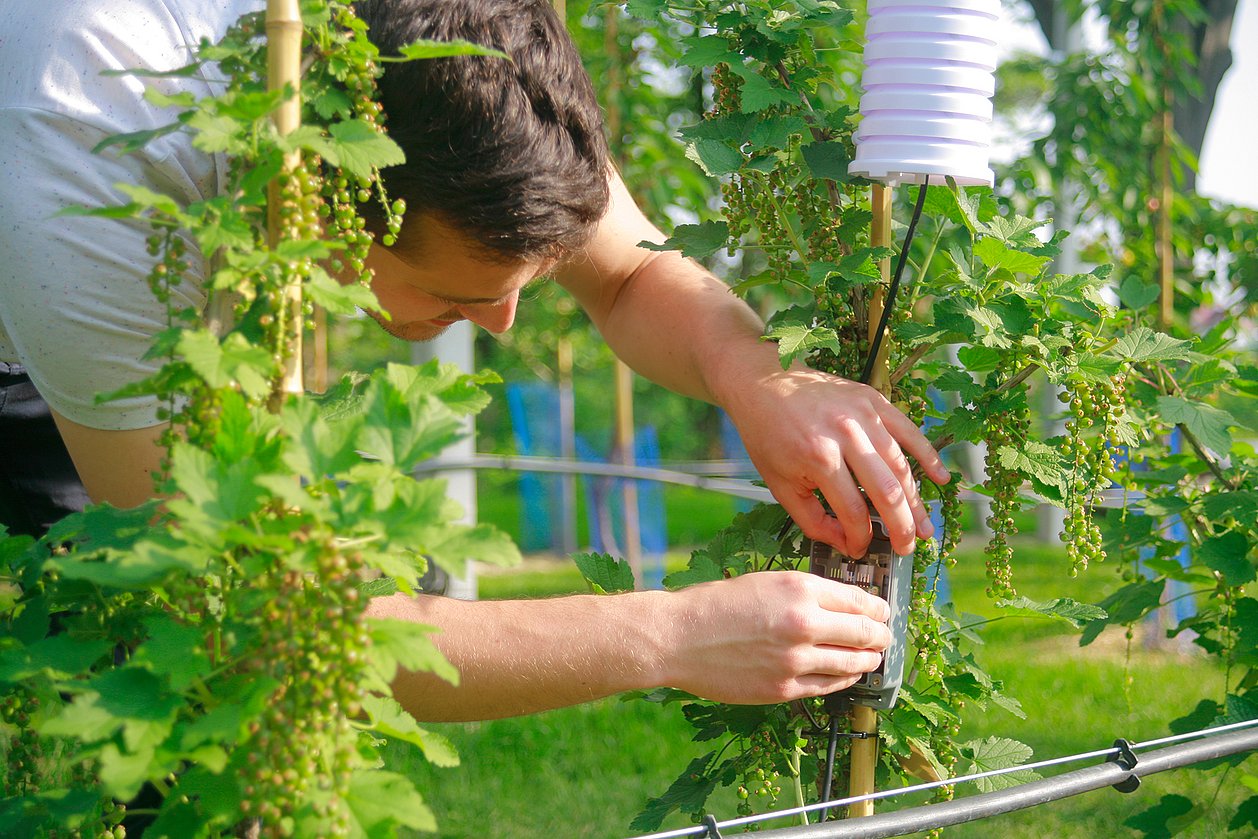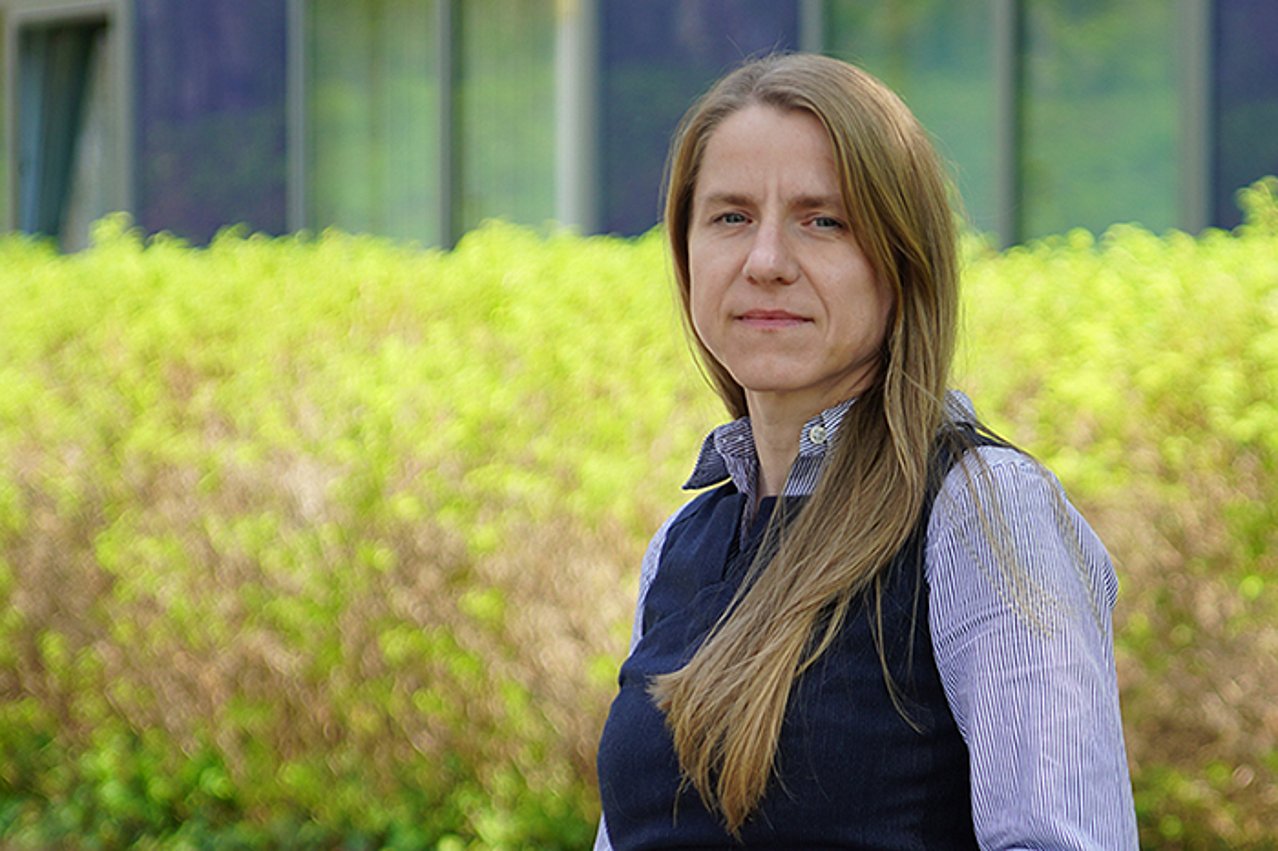IEEE MetroAgriFor 2025
I) Out-of-Band Over-The-Air-Update for LoRaWAN-based Sensor Networks using BLE
II) Suitability of Radio Communication Technologies for Smart Orchards Considering Seasonal Effects
I) Florian Jung (1), Silvia Krug (1,2), Tino Hutschenreuther (1)
II) Silvia Krug (1,2), Falk Eisenreich (1), Tino Hutschenreuther (1)
(1) IMMS
(2) Mid Sweden University
Abstract:
Out-of-Band Over-The-Air-Update for LoRaWAN-based Sensor Networks using BLE
Internet of Things (IoT) enables intelligent data capture and analysis for many applications, including agriculture or forestry. Especially these two settings require robust and failsafe systems, requiring monitoring features as well as update functionality. This, however, is often neglected for one of the most popular communication technologies to build such systems: LoRa. Due to the low data rate and duty cycle restrictions, it is infeasible to upload new firmware onto LoRa-based systems in band using LoRa. As an alternative, we present an out-of band solution, where a second channel is used to upload the firmware, while default operation remains LoRa based. In our case, we chose Bluetooth Low Energy (BLE) as second channel due to its low power characteristic and comparatively higher data rate. We present the concept of this approach and first field trial results in this paper, and discuss the benefits for forestry applications. The peer-reviewed article is a result of the Waldmonitor project.
Suitability of Radio Communication Technologies for Smart Orchards Considering Seasonal Effects
Orchards pose a special challenge to wireless communication technologies due to their 3D structure with trees that change the amount of obstacles (e.g. leaves) during the course of a season. Depending on the technology, this can lead to significant range reduction which needs to be considered when deploying nodes or planning sensor / actuator setups. While known in the wireless community, the actual effects within specific networks in orchards are often neglected leading to potentially poor network performance and thus data loss. In addition, the effects vary depending on which technology is applied but not everything fits every purpose. In this paper, we first use a measurement campaign to assess the impact of vegetation on a number of popular technologies and then discuss which ones are best for different application requirements to build robust communication networks for smart orchards. The peer-reviewed article is a result of the EXPRESS project.
Related content

Project
Waldmonitor
IMMS develops robust communication solutions and energy-autonomous sensors for monitoring abiotic factors in forest conversion.

Project
EXPRESS
IMMS is working on autonomous modular sensor systems for cost-effective options for data collection in agriculture.

Press release,
Monitoring von Mikroklima und Trockenstress im Obstbau
IMMS installiert Mikroklimamessnetz beim Lehr- und Versuchszentrum Gartenbau Erfurt

Press release,
EXPRESS-Kick-Off: Digitales Experimentierfeld zur Digitalisierung in der Landwirtschaft
Arbeit an Vision zur datengetriebenen Vernetzung und Digitalisierung in der Landwirtschaft begonnen
This might also be interesting for you
Contact
Contact
Dipl.-Hdl. Dipl.-Des. Beate Hövelmans
Head of Corporate Communications
beate.hoevelmans(at)imms.de+49 (0) 3677 874 93 13
Beate Hövelmans is responsible for the text and image editorial work on this website, for the social media presence of IMMS on LinkedIn and YouTube, the annual reports, for press and media relations with regional and specialist media and other communication formats. She provides texts, photographs and video material for your reporting on IMMS, arranges contacts for interviews and is the contact person for events.


